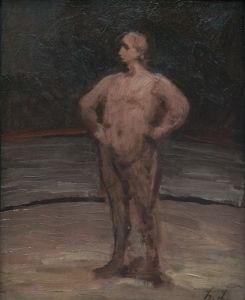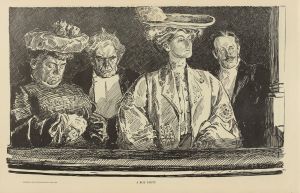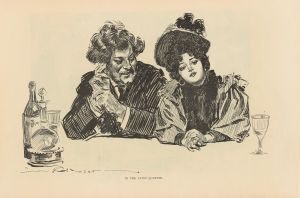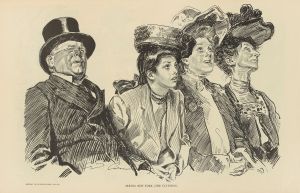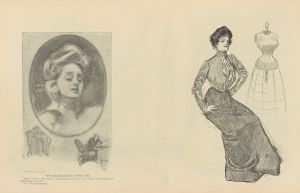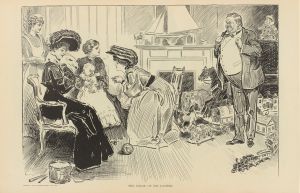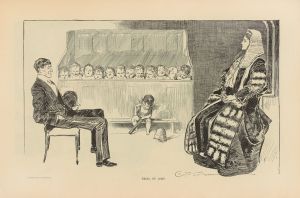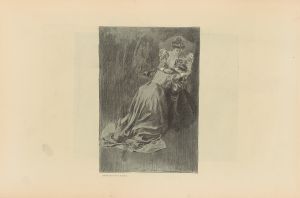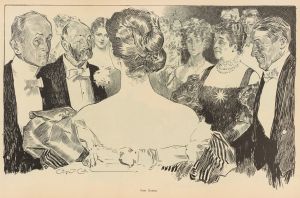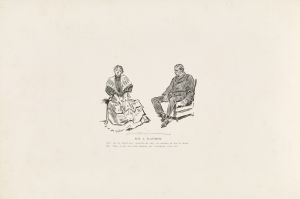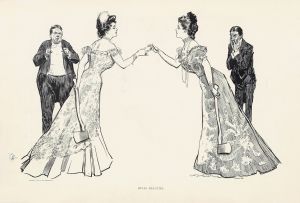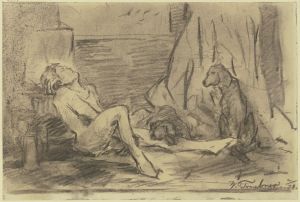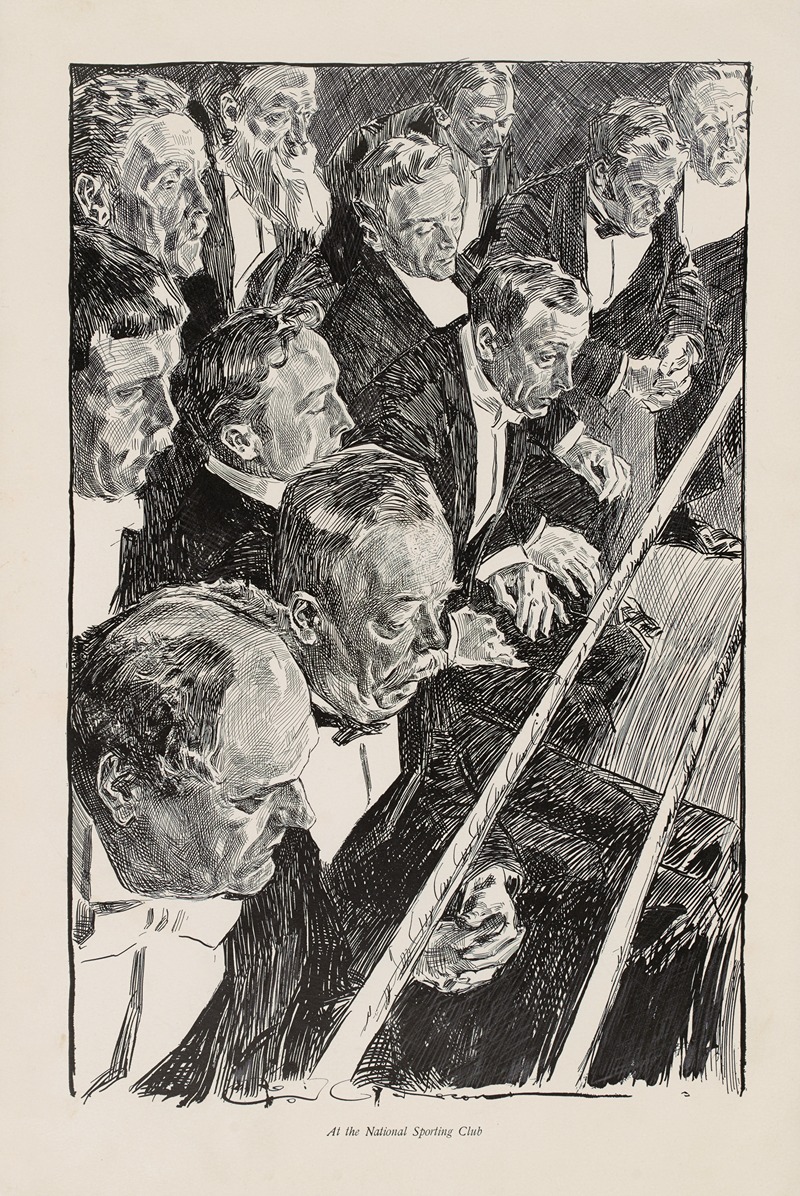
At the National Sporting Club
A hand-painted replica of Charles Dana Gibson’s masterpiece At the National Sporting Club, meticulously crafted by professional artists to capture the true essence of the original. Each piece is created with museum-quality canvas and rare mineral pigments, carefully painted by experienced artists with delicate brushstrokes and rich, layered colors to perfectly recreate the texture of the original artwork. Unlike machine-printed reproductions, this hand-painted version brings the painting to life, infused with the artist’s emotions and skill in every stroke. Whether for personal collection or home decoration, it instantly elevates the artistic atmosphere of any space.
Charles Dana Gibson was a prominent American illustrator, best known for his creation of the "Gibson Girl," an iconic representation of the American woman at the turn of the 20th century. His illustrations captured the spirit of the era and were widely published in magazines such as Life, Scribner's, and Harper's. Among his many works, "At the National Sporting Club" stands out as a notable piece, reflecting his keen observation of social settings and his ability to convey the nuances of human interaction.
"At the National Sporting Club" is an illustration that depicts a scene from a gentlemen's club, a popular social institution during the late 19th and early 20th centuries. These clubs were exclusive venues where men gathered to socialize, dine, and engage in various recreational activities, including sports and games. The National Sporting Club, specifically, was a famous London club known for its association with boxing and other sporting events.
Gibson's illustration captures the essence of this environment, showcasing a group of well-dressed men engaged in conversation and leisure. The attention to detail in the attire and expressions of the characters highlights Gibson's skill in rendering the subtleties of social interaction. The men are depicted in formal evening wear, indicative of the club's exclusivity and the era's fashion norms. The setting is elegant, with ornate furnishings and decor that reflect the opulence of such establishments.
The composition of the illustration is carefully arranged to draw the viewer's eye across the scene, emphasizing the interactions between the characters. Gibson's use of line and shading adds depth and dimension, bringing the scene to life. His ability to capture the personalities and moods of the individuals through their postures and facial expressions is a testament to his talent as an illustrator.
"At the National Sporting Club" not only serves as a visual record of a specific social milieu but also offers insight into the cultural values and leisure activities of the time. The illustration reflects the importance of social clubs as centers of networking and influence among the upper echelons of society. It also underscores the role of such venues in the promotion and popularization of sports, particularly boxing, which was gaining prominence as a spectator sport.
Gibson's work, including this illustration, played a significant role in shaping public perceptions of social norms and ideals during the early 20th century. His depictions of fashionable society and leisure activities contributed to the cultural narrative of the era, influencing both contemporary audiences and future generations.
In summary, "At the National Sporting Club" by Charles Dana Gibson is a quintessential example of the artist's ability to capture the essence of his time through illustration. It offers a glimpse into the world of exclusive gentlemen's clubs and the social dynamics within, all rendered with Gibson's characteristic attention to detail and artistic flair.





